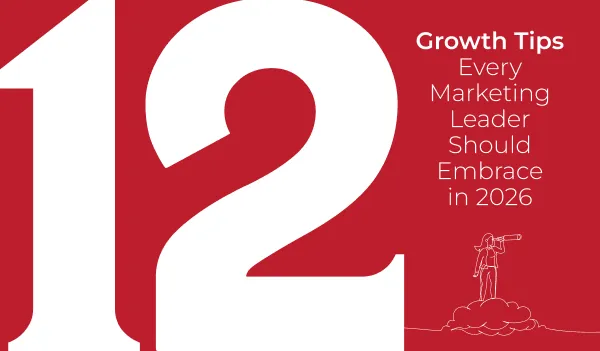Why Do Your Customers Buy?
Do you really know why your prospects and customers buy? Many companies assume that they have their finger on their customers’ pulse because they have been in an industry for five, ten, or even fifty years. But this usually is not the case. Did you know more prospective buyers research online before they shop for anything—from office supplies to cars to accounting services? In fact, Acquity Group’s annual State of B2B Procurement study shows “94 percent of B2B buyers report that they conduct some form of online research before purchasing a business product.” In today’s buying cycle, interaction with your prospects frequently starts quite late in the buying process. The buying evolution demands we really learn who our customers are and how their buying process works.

Getting to Know Your Customers and Prospects is Not Rocket Science.
It starts with creating buyer personas. A buyer persona is a composite of personal traits representing a segment of your target market. Organizations can have a multitude of buying personalities. At Red Caffeine, we pinpoint our target customers’ demographic profiles and identify buying triggers and perceived objections to purchasing. We find that creating three to five personas shapes and impacts our messaging strategy. We even go as far as to give our target audience personas names and headshots so all Red Caffeine and client team members can envision exactly who we are talking to.
How Do You Compile Buyer Persona Information?
The best way to gain these insights is through one-on-one interviews with current, past, and lost customers. Many businesses can tell you information about the types of customers they try to attract with descriptions, such as “we work with Fortune 500 businesses with multiple locations” or “we work with women 18 – 35 who live in the south”. While somewhat helpful, these are solely demographic stats that do not uncover the root of why their customers buy. Understand how they determined a need for your product or service. When in the buying cycle did your company become a front-runner? And what barriers do you need to overcome to become their first choice? These are the critical pieces of information that will help shape your marketing efforts and messaging. A great example of this happened in a discovery exercise. Our client had a general idea of their audience but mixed messages between two stakeholder groups— lawyers and general counsel. Could they use high-level industry jargon? Had their prospects used software similar to their product? By determining exactly who they were talking to, they could optimize their strategy and segment their marketing efforts. Buyer personas provide a clear picture of who your customers are and what pain points your product or service solves for them. In today’s complicated and competitive buying climate, businesses armed with this information can thrive. How do you collect information about your customers?
Join Thousands Of
Like-Minded Folks
Receive monthly business growth tips
and event invites right to your inbox.



